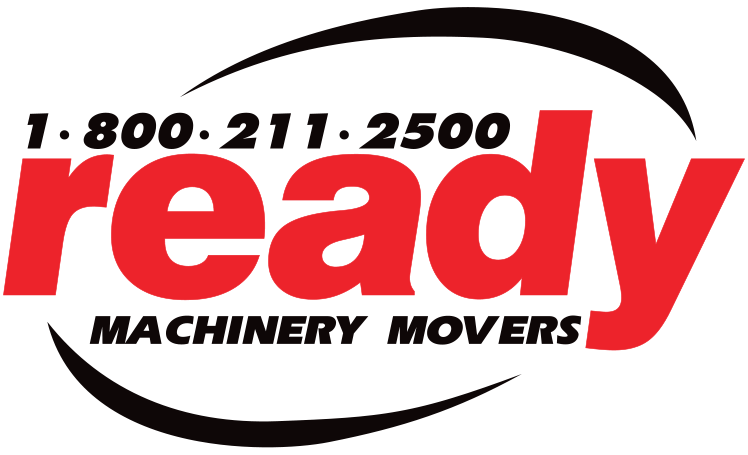Whether you need to transport machinery in the winter or summer, there are special considerations to keep in mind all year.
Safety is always the number one priority for moving heavy equipment. Before you schedule a call to work with a heavy machinery mover, here are some things to consider for different types of equipment.
Common Types of Machinery To Move
Each type of machinery needs specific moving equipment and trucks. Often, considerations need to be made for oversized and wide loads. Here is a list of the most common types of machinery to move.
- A bulldozer will need special equipment to be moved from each workplace.
- A backhoe loader might require multiple trips or trucks since it comes with a tractor, loader, and a rearhoe.
- Rollers are easier to transport, but trucking needs to be able to handle the weight.
- Asphalt pavers are used to lay down the asphalt and are available in various sizes. Always let your moving company know the exact specifications.
- Cold planers help replace the pavement. It has a large drum that needs to be secured before transport.
5 Tips For Moving Heavy Equipment
Even if you hire a team of movers, it’s important to know safety tips for preparing heavy equipment for transport. Here are five tips for moving heavy equipment.
- Plan ahead: When you know a move is ahead, take time to schedule the move with a reputable company that can save you money and get your move done within the timeline.
- Budget: Take into account how much machinery you are moving and the time it will take to move. Speak to multiple companies to find the best quote.
- Schedule: A schedule can help reduce the number of people on-site and ensure that your machinery follows proper guidelines and rules. For instance, some roads don’t allow heavy transport at certain times, which could delay your move. You may also require special permits.
- Risk assessment: Always assess the risk and hazards when dealing with heavy equipment. Rise assessment can ensure the proper safety of moving items
- Communication: Keep your team and the movers in the loop of any changes from start to finish. Let them know when the move will begin, how specialized equipment will arrive.
Planning ahead, being clear on the type of equipment you have and communicating with everyone involved will help streamline the process no matter what type of equipment you need to move.
